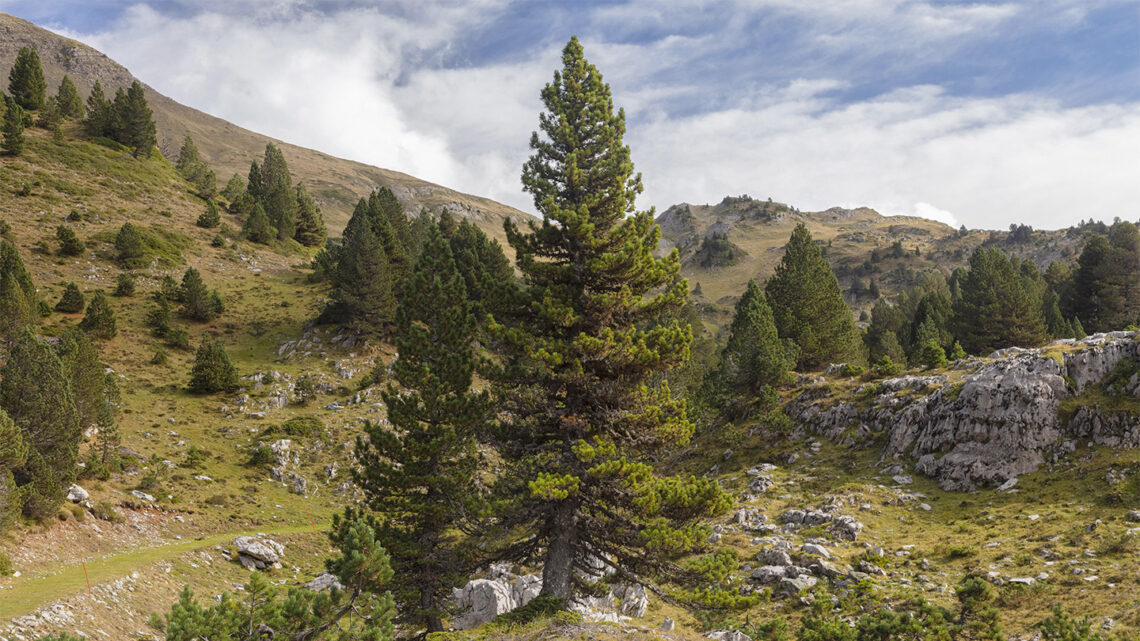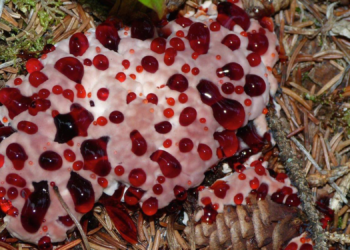Earth’s oldest, knotted and scarred pine trees are a boon for forest life.
These old mountain pines (Pinus uncinata) offer food and shelter for lichens and insects not just because they’re old, but also because of what’s allowed them to grow so old in the first place, researchers report February 5 in the Proceedings of the National Academy of Sciences. The findings highlight the broader importance of big, old trees, and suggest threats to their survival from development, fire or climate change could deliver irreparable harm in certain ecosystems.
Old growth trees continue to decline around the world (SN: 6/18/18). In Europe, the remaining patches of forest with plentiful old trees constitute just 0.7 percent (or just under 3.5 million acres) of the continent’s forested area. This paper and others like it “are really good, because they show how important old growth is,” says Joseph Birch, an ecologist at Michigan State University in East Lansing who wasn’t involved with the research. This line of work serves as a reminder that we need to have a long-term perspective on old growth trees. “We need to be managing and conserving the forests that we have now, even if they’re younger, so that our descendants in a few hundred or even thousand years can have more old growth on the landscape,” Birch says.
While the pines’ old age, potentially hundreds of years old, was intriguing to plant physiologist Sergi Munné-Bosch and ecophysiologist Ot Pasques, both at the University of Barcelona, they have also been curious how aging and tree decay affect the broader forest ecosystem, with different life and decay stages providing differing habitat needs to plant, animal and lichen species.
Prior studies tended to look at how individual trees aged. So Munné-Bosch and Pasques decided up the ante. They studied young, adult and extremely old mountain pines in five different areas of the Spanish Pyrenees mountains. The duo…
Read the full article here







